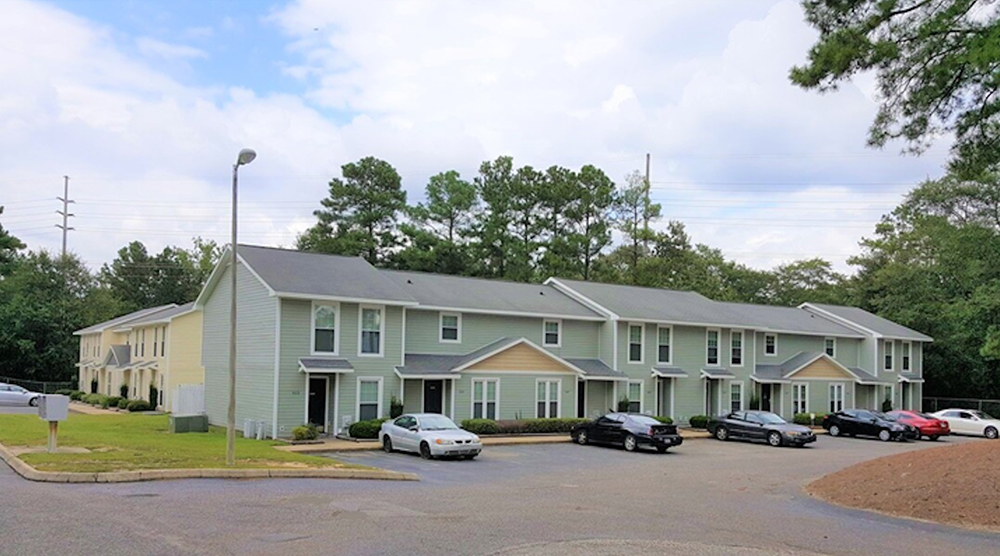News: Financial Digest
Posted: October 10, 2007
Save taxes on your mixed use property
In January 2005 (corrected 2/3/2005) the Internal Revenue Service issued a very taxpayer-friendly Revenue Procedure. As it's not often that the IRS tells taxpayers how to save on taxes, a review of Revenue Procedure 2005-14 seems warranted. The Revenue Procedure allows the combination of IRC§121 (exclusion of gain on the sale of a principal residence) and IRC §1031 (non-recognition of gain in like-kind exchange) to a single property. To qualify, the property must satisfy the requirements of BOTH sections.
The following example will be used throughout the article for illustration purposes: Joan buys a house for $210,000 and uses it as her principal residence from 2000-2004. From 2004 until 2006 Joan rents the house and claims depreciation deductions of $20,000. In 2006, Joan exchanges her current property (relinquished property) for $470,000 and purchases a new rental property (replacement property) for $460,000. Joan walks away with $10,000 cash. Joan's adjusted cost basis is $190,000 ($210,000 purchase price - $20,000 depreciation taken) and her realized gain is $280,000 ($470,000 sales price - $190,000 adjusted cost basis).
Step 1: Determine if the
property qualifies for IRC §121.
IRC §121 allows a taxpayer to exclude from income a gain up to $250,000 ($500,000 if married, filing jointly) resulting from the sale of a principal residence as long as the taxpayer has lived in the property for at least 2 of the last 5 years as a principal residence. Effective October 22, 2004, IRC §121 was amended to provide, that taxpayers who acquired property in a IRC §1031 exchange, must hold the property for 5 years from the acquisition date before being able to apply IRC §121.
Joan's property qualifies for IRC §121 because she has lived in the property as her personal residence for at least 2 years during the 5-year period prior to the exchange.
Step 2: Determine if the
property qualifies for
IRC §1031.
IRC §1031 allows the deferral of capital gain realized by exchanging property held for productive use in a trade or business or for investment for like-kind property to be held for productive use in a trade or business or for investment. To the extent that the taxpayer also receives cash or other non like-kind property (boot), gain must be recognized.
Joan's property qualifies for §1031 because it was used as an investment property for the periods 2004-2006.
Step 3: Apply IRC §121
before IRC §1031.
If the taxpayer meets the requirements of both IRC §121 and IRC §1031, the taxpayer must apply IRC §121 to the gain realized before applying IRC §1031.
Joan will apply IRC §121 first to exclude $250,000 of the 280,000 of gain.
Step 4: Apply IRC §1031 to gain attributable to depreciation.
Although IRC §121 does not exclude depreciation recapture after May 6, 1997, this amount may be deferred by utilizing IRC §1031.
Joan may defer the remaining $30,000 of gain, including the $20,000 of gain due to depreciation using IRC §1031.
Step 5: Apply IRC §121
to gain attributable to boot.
Boot, which is taxable under IRC §1031, will only be taken into account to the extent the boot exceeds the gain excluded under IRC §121.
Although Joan received $10,000 in cash boot in this example, she is not required to recognize gain because the boot does not exceed the $250,000 of gain excluded under IRC §121.
Step 6: Increase basis of
replacement property by gain recognized under IRC §121.
Normally, in an IRC §1031 exchange, the taxpayer gets a carryover basis. However, by combining IRC §121 and IRC §1031 the basis of the replacement property is increased by the gain recognized under IRC §121.
Joan's basis in the Replacement Property is $430,000 ($190,000 carryover basis from Relinquished Property + $250,000 gain excluded under IRC §121 - $10,000 cash boot received).
The Revenue Procedure is also applicable to mixed use properties used concurrently, such as a family homestead and the surrounding ranch or a personal residence with a home office. If you have a mixed use property, whether it has been so consecutively or concurrently, you should have your tax advisor review the very user-friendly examples provided in the Revenue Procedure and take full advantage of the tax savings.
Written by Kelly Bradley, Esq., submitted by Patricia Flowers, CES, assistant vice president for InvestmentProperty Exchange Services, Inc. (IPX1031), Boston.
Tags:
Financial Digest
MORE FROM Financial Digest
Preservation of Affordable Housing secures $23.5 million in financing from Rockland Trust and Citizens Bank
Cambridge, MA The nonprofit Preservation of Affordable Housing (POAH) has secured $23.5 million in financing from Rockland Trust and Citizens Bank to transform a 150-year-old, underutilized church complex into housing. The project will ultimately create 46 affordable family-sized apartments.

Quick Hits
Columns and Thought Leadership

Conn. hospitality market: A technical appraisal perspective on market dynamics and valuation challenges (2019-2025)
The Connecticut hospitality market has demonstrated uneven recovery patterns between 2019 and 2025, with boutique and historic properties achieving $125 RevPAR in 2025, up 8.7% from the 2019 level. Coastal resort properties achieved a $105 RevPAR in 2025, representing 10.5% growth since 2019. Casino corridor properties maintained modest growth with RevPAR improving 4.5% to $92 in 2025.

Examples of investors who used Kay Properties for legacy and estate planning purposes for rental property/portfolios - by Dwight Kay
Preserving wealth across multiple generations requires strategic planning, foresight, and the right investment vehicles. Delaware Statutory Trusts (DSTs) offer a powerful solution for families looking to build and protect their financial legacy and to efficiently plan for their estate.








